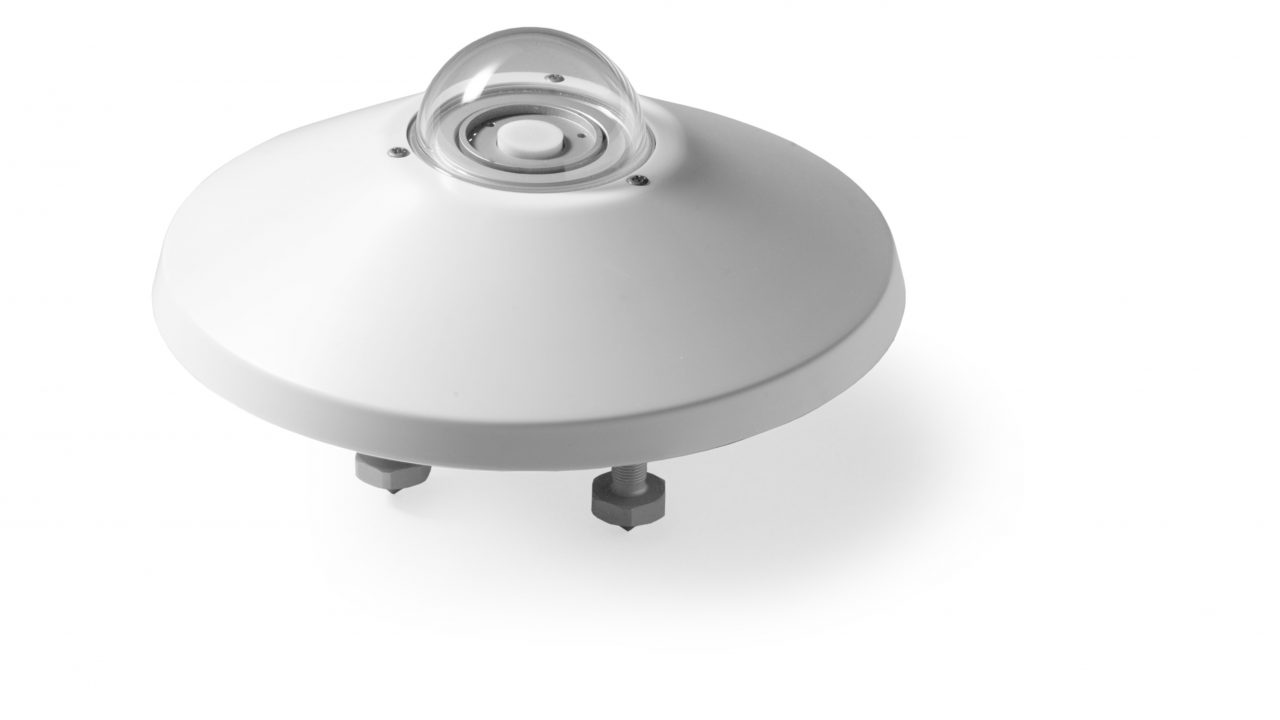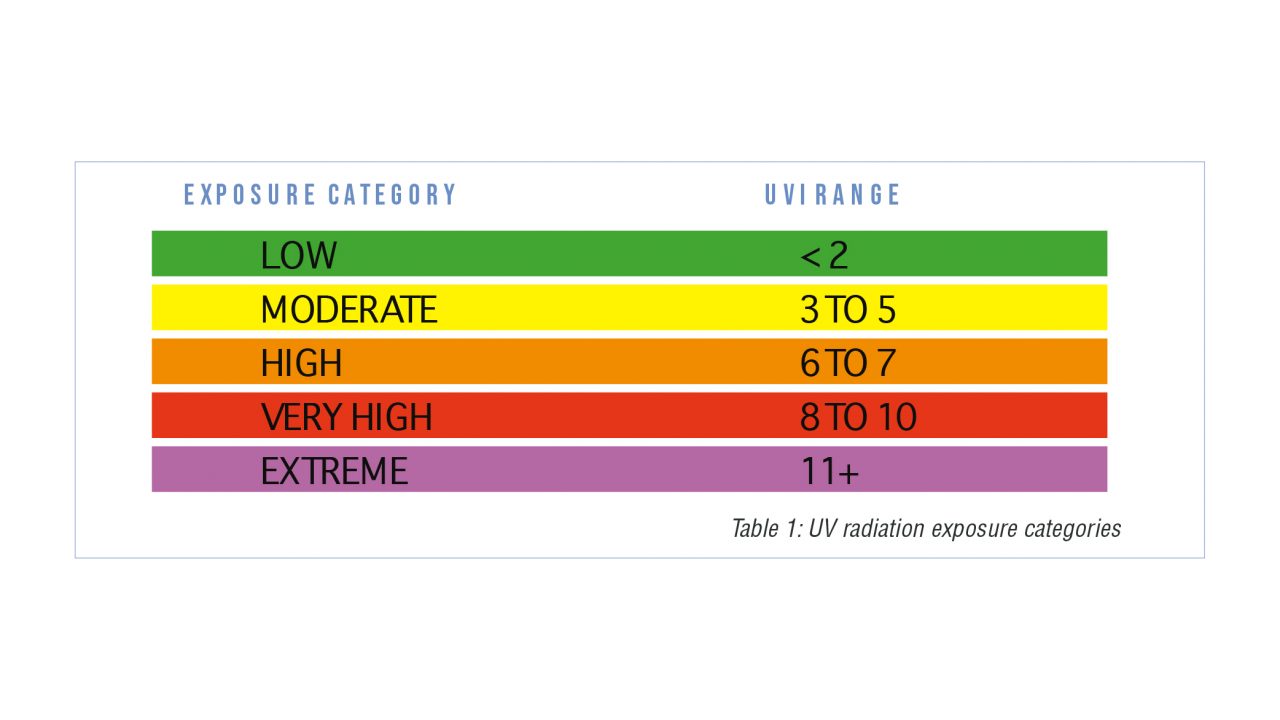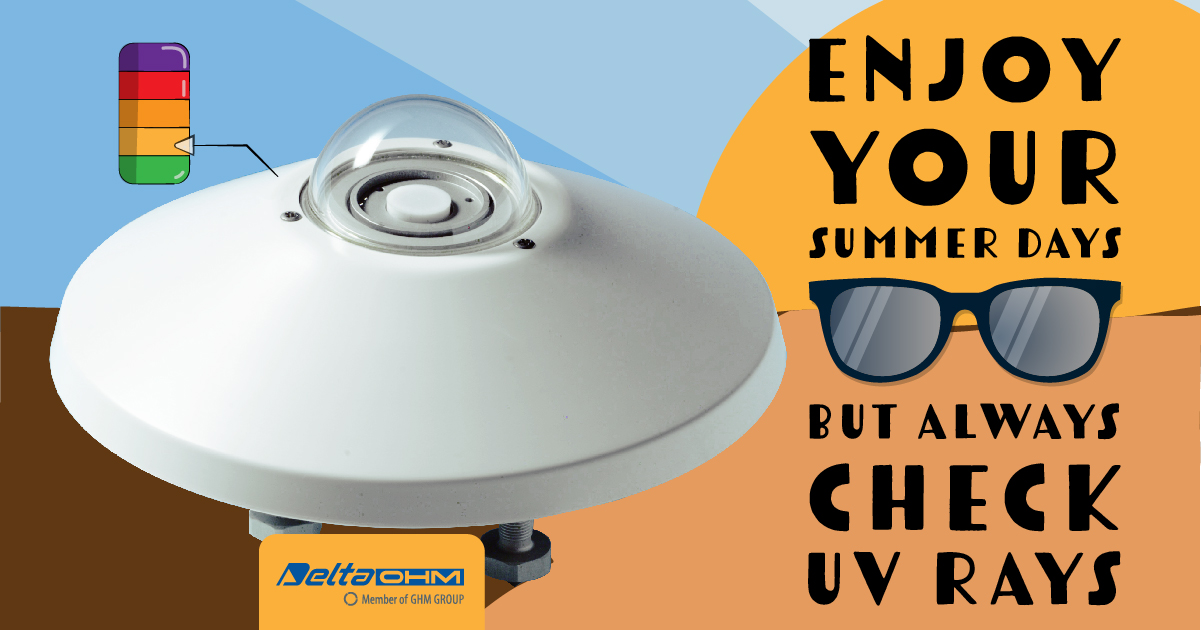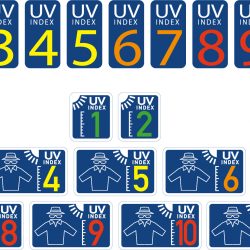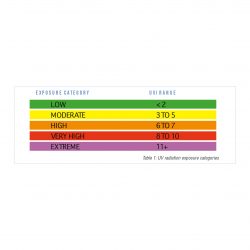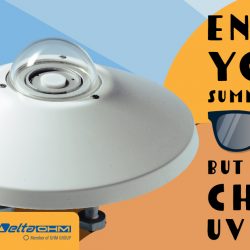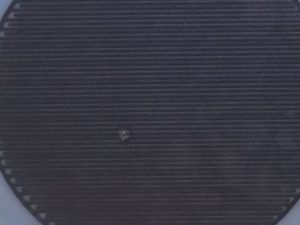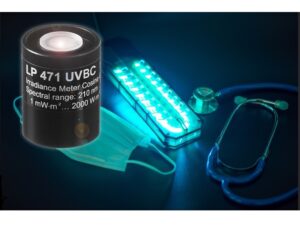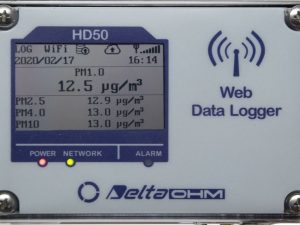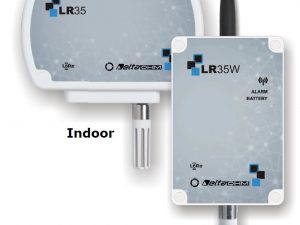In the middle of the summer, as we approach our holidays, one of the topics we talk about most is undoubtedly ozone layer and, consequently, UV radiation.
The UV Index scale was developed through an international effort by the World Health Organization (WHO) in collaboration with the United Nations Environment Programme (UNEP), the World Meteorological Organization (WMO), the International Commission on Non-Ionizing Radiation Protection (ICNIRP) and the German Federal Office for Radiation Protection (in German: Bundesamt für Strahlenschutz, BfS).
The Senseca radiometer LPUVI02 measures the global effective irradiance on a flat surface (Watt/m2 effective), according to the requirements of the WMO for the measurement of UV-Index.
LINK for Pdf
The global irradiance is the sum of direct sun and of diffuse irradiance. In the ultraviolet spectral region, unlike what occurs in the portion of the visible light where the direct component is prevalent on the diffuse component, the light is strongly scattered in the atmosphere, and then the two components are equal; it is therefore of primary importance that the is able to accurately measure both components.
Senseca LPUVI02 radiometer
- developed according to WMO recommendations
- output directly linear to UV Index
- excellent cosine response, wide angle measurement
- early detection of potential danger
- monitor climate change by measuring UV-A-B reaching the ground
So remember:
- <2 = no protection needed
- 3 to 7 = protection required! Slip on a shirt, slop on sunscreen and slap on a hat!
- 8 to 11+ = Extra protection! Avoid being outside during midday hours! Shirt, sunscreen and hat are a must!

